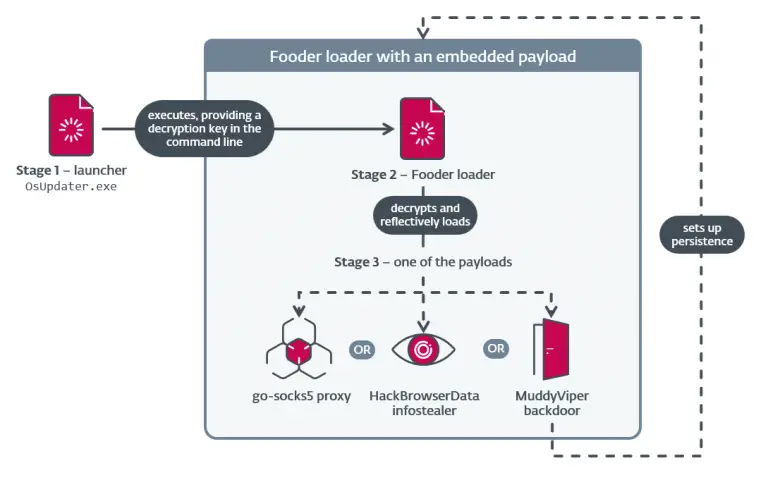
The U.S. Customs and Border Protection (CBP) has released a series of new documents detailing the agency’s use of artificial intelligence systems to monitor social media and analyze open-source intelligence. At the center of this disclosure are two platforms: Fivecast ONYX and Dataminr. Both tools are designed to process publicly accessible online data in order to detect potential threats and develop behavioral analytics models.
Published on CBP’s official website on April 7, these documents build upon earlier information obtained by journalists at 404 Media through Freedom of Information Act (FOIA) requests. This latest release focuses on newly updated materials, including technical specifications, promotional videos, and deployment plans. The overarching aim is to enhance CBP’s capabilities in real-time intelligence gathering and strategic assessment of suspicious networks.
According to the documentation, Fivecast ONYX is employed to collect internet content in near real-time. The platform automatically structures the data, identifies risks, and aids officers in decision-making processes. ONYX’s features include object and logo recognition in images and videos, natural language processing (NLP) to detect alarming phrases, and sentiment analysis to interpret the emotional and contextual weight of posts. It can track shifts in a user’s tone and mood over time, thus refining the accuracy of its predictive assessments.
One of the included technical briefs, dated May 2023, emphasizes CBP’s intention to increasingly rely on such technologies to elevate the quality of its analytics and improve response times. The Fivecast platform is presented as a component of a broader initiative aimed at strengthening the agency’s capacity to combat transnational threats.
The second tool highlighted, Dataminr, focuses on the real-time detection of events and incidents. It operates across open sources, including social media platforms, websites, and even the deep and dark web. A document from September 2023 notes that CBP’s OSINT analysts use Dataminr to uncover connections between entities of interest and to construct comprehensive situational overviews. The company claims to employ over 50 proprietary language models and unique multimodal algorithms to interpret and generate descriptions of unfolding events.
In a statement to 404 Media, CBP clarified that neither ONYX nor Dataminr is used in visa adjudication or entry application processes. However, the release coincided with an announcement from the Department of Homeland Security (DHS) regarding the launch of a social media monitoring program targeting antisemitism among migrants—overseen by U.S. Citizenship and Immigration Services (USCIS). This development sparked concern amid recent reports of detentions involving students and activists critical of Israeli government actions. It has been reported that hundreds of international students have had their visas revoked, with some detained during visits to federal institutions.
CBP has previously tested other surveillance technologies, including Babel X—a platform capable of monitoring even the speech of U.S. citizens. Last year, the agency also disclosed its use of autonomous surveillance towers, anomaly detection algorithms, and underwater inspection systems. Collectively, these efforts form an expansive AI-driven surveillance infrastructure aimed at comprehensive analysis and early threat detection.
Despite CBP’s attempts to distance itself from politically charged directives from DHS, the agency’s growing involvement in digital data collection has drawn scrutiny from civil rights advocates and journalists. A pressing question remains: where is the line between ensuring public safety and intruding upon individual privacy—particularly in an era when online expression may serve as a pretext for government surveillance?


